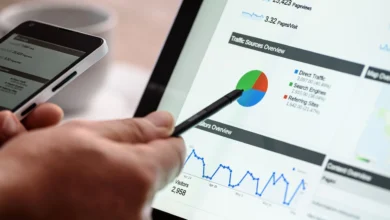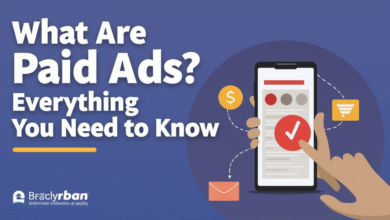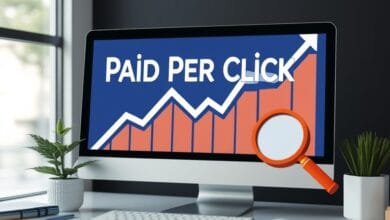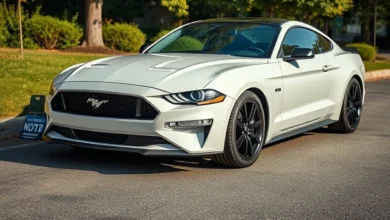Understanding Media Advertisements
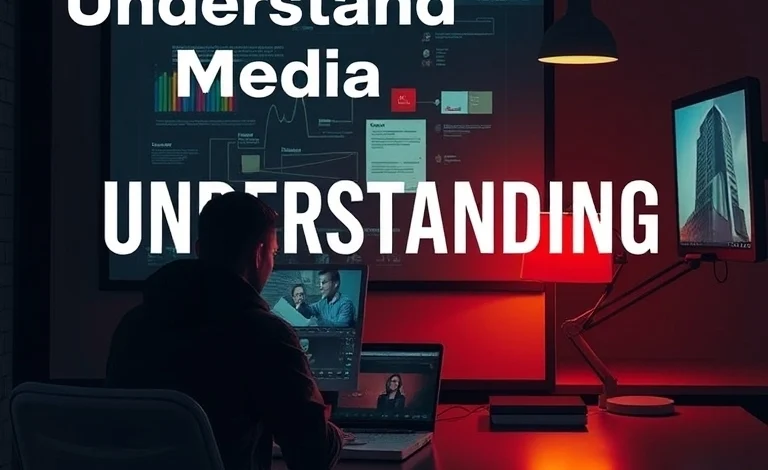
In today’s fast-paced world, media advertisements are everywhere—on your phone, in your social feed, and even on your favorite streaming platform. You might hear the term “paid media” tossed around by marketers, but what does it actually mean? And why do brands invest so much in paid media advertisements? Let’s dig into the details and understand the power behind paid media and its impact on both brands and consumers.
Table of Contents
What Are Media Advertisements?
Media advertisements refer to the various ways brands communicate their products, services, and messages to potential customers through media channels. These channels can be digital or traditional and might include anything from display ads on your favorite website to TV commercials during prime time. While advertising has been around for centuries, the types of media and methods of delivery have evolved to meet the digital age’s demands.
Types of Media Advertisements:
- Digital Media Ads: Display ads, social media posts, search ads, and video ads on platforms like YouTube.
- Traditional Media Ads: TV commercials, radio spots, billboards, and print ads in magazines or newspapers.
Each type has its strengths, and marketers often choose one over the other—or combine them—to meet specific goals.
Why Do Businesses Use Media Advertisements?
Paid media is one of the most effective ways for brands to reach their audience, spread awareness, and drive sales. Businesses invest in media advertisements because they want to ensure that their messages don’t get lost in the noise. With paid media, companies can get their content directly in front of targeted audiences, enhancing the chances of engagement and conversion.
- Brand Awareness: Paid ads are crafted to keep a brand in the minds of its target audience. Whether it’s through catchy slogans or eye-catching visuals, paid media builds brand familiarity.
- Product Promotion: Paid advertisements are an efficient way to promote new products, services, or limited-time offers.
- Lead Generation: Many companies use media ads to generate leads by encouraging users to sign up for a newsletter, download a resource, or take some other action that fosters brand-consumer interaction.
Studies show that over 70% of consumers are more likely to remember a brand if they’ve seen a paid advertisement more than once. This is why businesses continue to rely on paid media to strengthen their brand presence and drive growth.
What Does “Paid” Mean in Media Advertisements?
Paid media refers to advertising that a brand pays for to reach its audience. It contrasts with earned media (like mentions, reviews, or shares) and owned media (such as a company’s website or blog). Here’s a quick comparison to clarify the difference:
| Type | Definition | Examples |
|---|---|---|
| Paid Media | Ads purchased to reach a wider audience | Google Ads, Sponsored posts, TV ads |
| Earned Media | Free exposure through mentions, shares, and reviews | Social media mentions, PR coverage |
| Owned Media | Media controlled by the brand | Website, blog, newsletters |
Each type has its unique role in marketing, but paid media is distinct because it offers a level of control and scalability that earned and owned media often can’t achieve.
Types of Paid Media Advertisements
Now that you know what paid media is, let’s break down its most common types. Each has different goals, platforms, and strategies to help brands achieve their advertising objectives.
Digital Paid Media
- Display Ads
Display ads are banner-style ads that appear across websites, apps, and social media platforms. These ads are typically image or video-based, offering a quick, visual representation of the brand. Display ads are ideal for brand awareness and can often target specific audiences based on their browsing history. - Search Ads
These are the ads you see at the top of search engine results, marked as “Sponsored” or “Ad.” Search ads are valuable for reaching users actively searching for products or services related to the brand. They often yield high click-through rates (CTR) due to their relevance to users’ search intent. - Social Media Ads
Social platforms like Facebook, Instagram, and LinkedIn offer extensive advertising options. Social media ads can target specific demographics, interests, and behaviors, allowing brands to refine their message to match the audience’s preferences. - Video Ads
Video platforms like YouTube, TikTok, and other streaming services allow for dynamic video ads. These are particularly powerful because they engage users through motion and sound, making them memorable.
Traditional Paid Media
- Television and Radio Ads
Despite the rise of digital, TV and radio ads remain effective for reaching broader audiences. TV ads, in particular, are ideal for visual storytelling, while radio ads leverage audio to capture attention. - Print Media
Print advertisements in newspapers, magazines, and other publications have a tangible feel and can reach audiences who prefer physical media over digital platforms. - Billboards and Outdoor Advertising
Outdoor ads capture attention in high-traffic areas, offering a cost-effective way to reach a local audience.
Each of these paid media types plays a role in expanding brand reach, with unique strengths that can be strategically used to maximize engagement and conversion.
Benefits of Paid Media Advertisements
There are several advantages to using paid media advertisements:
- Quick Reach and Targeting
Paid media allows brands to reach specific audiences quickly. With targeting features on platforms like Facebook or Google, advertisers can narrow down audiences based on factors such as age, location, interests, and online behavior. - Increased Brand Awareness
Paid ads ensure that a brand is seen by audiences who might not otherwise encounter it. The more exposure a brand gets, the more familiar it becomes to potential customers, which can lead to greater customer trust. - High Return on Investment (ROI) Potential
When done well, paid media can yield a high return on investment. Brands can track engagement metrics, such as click-through rates and conversions, to see if ads are producing the desired results and adjust accordingly.
Challenges of Paid Media Advertising
While paid media offers many benefits, it’s not without its challenges:
- Cost Considerations
Paid media can require a substantial investment, especially on competitive platforms. Companies must carefully manage their budget to maximize impact without overspending. - Ad Fatigue
When users see the same ads repeatedly, they may begin to ignore them—a phenomenon known as ad fatigue. This is particularly common on digital platforms where users are constantly exposed to new content. - Transparency and Trust Issues
Privacy concerns are at an all-time high, and some consumers may be hesitant to engage with ads if they feel their personal data is being used without consent. Transparency in how data is used is crucial for building trust with audiences.
Best Practices for Effective Paid Media Advertising
- Define Clear Goals and KPIs
Set specific goals for each campaign, whether it’s to drive website traffic, increase sales, or boost brand visibility. Use key performance indicators (KPIs), such as CTR, conversion rate, or engagement, to measure success. - Target Audience Identification
A well-defined target audience increases the chances of your ad resonating with viewers. Take the time to understand the audience’s preferences, habits, and needs to tailor ads accordingly. - Continuous Testing and Optimization
Successful campaigns require continuous testing and optimization. Try A/B testing to compare different ad elements—such as images, headlines, or calls-to-action—to find the most effective combination.
FAQ: Answering Common Questions about Paid Media Advertisements
What is the main purpose of paid media advertisements?
Paid media aims to generate awareness, engagement, and action by exposing a brand’s message to a targeted audience. Its goal is to drive specific actions, such as clicks, purchases, or sign-ups.
How does paid media differ from organic marketing?
Paid media is purchased exposure through advertising, while organic marketing relies on naturally attracting audiences through content like blog posts or social media updates.
Which paid media platform is best for small businesses?
Small businesses often find social media ads, particularly on Facebook and Instagram, to be cost-effective. These platforms allow precise targeting and typically require a lower budget than traditional media channels.
Conclusion
Paid media advertisements are a powerful tool in a brand’s marketing strategy. They provide quick reach, targeted visibility, and can yield impressive returns when managed effectively. While there are challenges to overcome, like ad fatigue and high costs, the benefits often outweigh the drawbacks. If you’re a business looking to make an impact, consider how paid media can help amplify your message.
